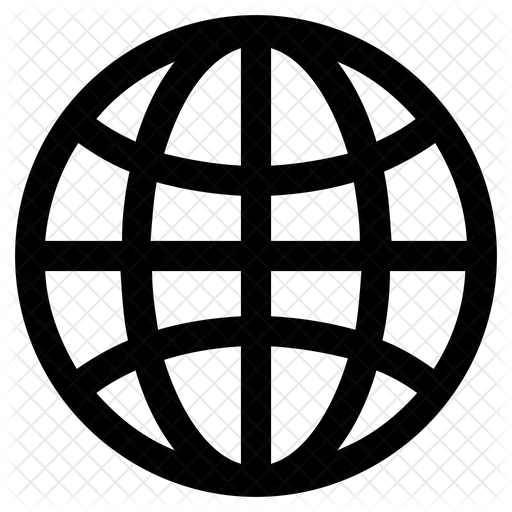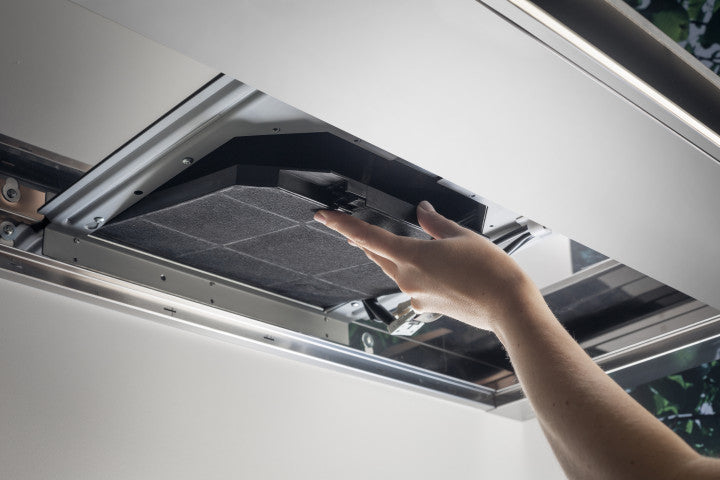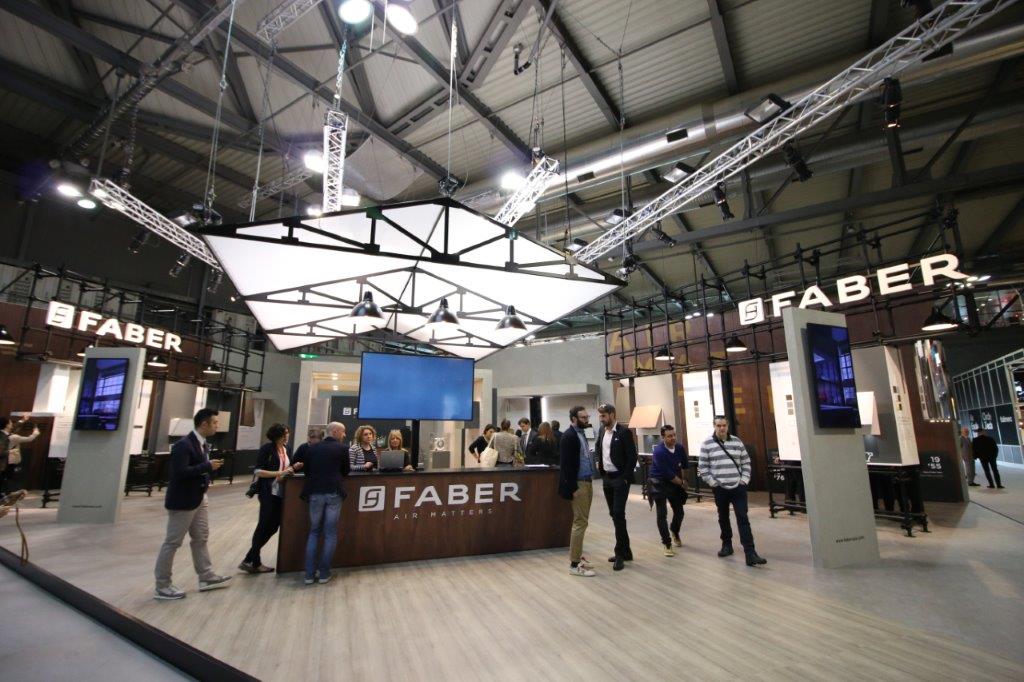The beating heart of devices used to purify indoor air, the filtration system is responsible for the correct functioning of air purifiers, and its performance and efficiency have a decisive impact on the quality of the air we breathe inside our homes.
In order for an air purifier to guarantee a good level of health, regardless of the type of appliance, the device needs to be periodically maintained, making sure that the filters are regularly cleaned and, when and where necessary, replaced. If the filters are not replaced, there is a risk of mould, bacteria and other harmful substances developing inside the purifier and then being released back into the air that we want to purify.
Let's take a look at how to properly clean the filters of our air purifiers.
The filtering system of the best air purifiers
Before addressing the issue of cleaning, it should be made clear that not all air purifier models on the market are the same. If most are artificial ventilation tools that simply absorb fumes and unpleasant odours without removing viruses, bacteria and other particles that are harmful to our health from the air, then the best air purifiers do so much more: here, the stale air is actually aspirated, liberated from impurities through an effective filtering system and then reintroduced the purified air back into your indoor space.
To tackle the range of different pollutants present in our homes, these air purifiers are equipped with at least two filtering systems, one of these being the HEPA filter, a highly efficient component capable of filtering 99.97% of fine particles not visible to the human eye and therefore extremely effective against VOCs, i.e. volatile organic compounds produced from chemical substances. The second is an activated carbon filter, which is designed to eliminate even the most unpleasant and persistent bad odours.
The Air Hub Portable, part of the Air Hub range, is an air purifier that makes use of a combination of multiple filters, each of which has a specific function. Using the exclusive 4x4 Tech technology, it even combines 4 filtering stages which, acting synergistically with the 4 UVC lamps, are able to optimise air quality inside your own home.
How to clean the filters of the best air purifiers
Below is some general information for the cleaning and maintenance of most air purifiers (please bear in mind that each individual product may have different specifications and that you should always check the manufacturer's instructions.
Filter cleaning frequency
How often you need to clean the filter of an air purifier largely depends on how often the device is used, as well as the amount of dust and other particles that it has to absorb. In general, if an air purifier is used daily in an environment with poor air quality, the filter may need to be cleaned or replaced more frequently, i.e. every 3-6 months, while in environments with better quality air, the filter may only need to be replaced every 6-12 months.
Cleaning the pre-filter
When cleaning your air purifier’s filter, don’t forget to clean the pre-filter: this simple plastic net is designed to catch dust and (animal) hair as well as larger dirt particles.
To properly clean the pre-filter:
- Remove it from the device and tap it gently on a flat surface to remove any dust and debris.
- Rinse the filter under a light stream of water
- Use a brush or old toothbrush to remove any remaining dirt or impurities
- Leave to air dry before reassembling
Cleaning the activated carbon filter
Designed to absorb bad smells and even able to tackle the toughest of smells such as cigarette smoke or cooking fumes in the kitchen, the activated carbon filter is an indispensable component of the best air purifiers as it is extremely porous and has a high absorption capacity. These qualities ensure more complete air purification when an activated carbon filter is used in combination with other filters and if you maintain it correctly, cleaning or replacing it as and when necessary: when the activated carbon filter becomes saturated with particles, its ability to remove odours and harmful gases is reduced, meaning it should be replaced or cleaned.
Here are the steps for cleaning an activated carbon filter:
- Turn off and unplug the purifier
- Remove the filter from your device
- Shake the filter to remove any accumulated dust
- Wash the filter using running water
- Leave to air dry before reassembling
Please note: an activated carbon filter can sometimes become too saturated with dirt to be cleaned, meaning it has to be replaced.
HEPA filter cleaning and maintenance
Composed of microfibre filter sheets and thousands of glass fibres intertwined across several layers separated by aluminium partitions that work together, HEPA filters are rather delicate and require careful maintenance, as inadequate cleaning can compromise their filter function.
Regular maintenance of this type of filter as a key element of air purification should include cleaning every 3 to 6 months, depending on how frequently the device is used. Periodic maintenance involves the thorough removal of accumulated residues through hand washing with water only (do NOT machine wash), making sure that the filter is completely dry before reassembling to prevent it from clogging. In order for the HEPA filter to perform at its best, maintenance must also include periodic replacement of the filter, which should be done every 8 months/every year.
By following these simple rules for the proper cleaning of air purifier filters, you will help to ensure that your Faber devices always work efficiently and functionally, as well as extending their life. You can be confident in the knowledge that they can actually improve the air you breathe at home, guaranteeing the health and well-being benefits that you and your loved one deserve.











